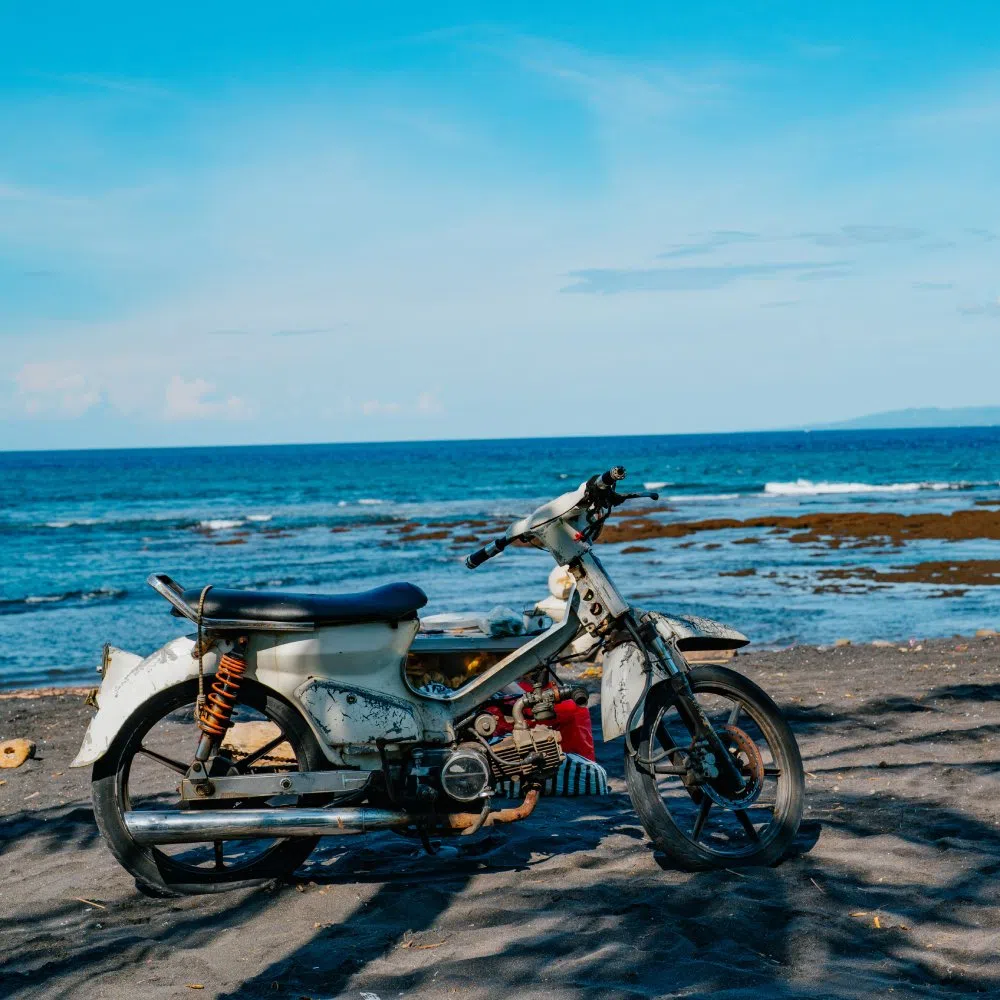There’s nothing better than soaking up the sun and feeling the breeze as you cruise along the coast, savoring the stunning ocean views at your own relaxed pace. While coastal rides bring a thrill, the salty air and humidity might be tough on your motorcycle, so a little extra care can go a long way. Incorporating a routine for refreshing your motorcycle after coastal rides helps maintain its appearance and performance while extending its lifespan.
Keep reading as we guide you through the steps to preserve your bike’s pristine condition, especially after those scenic yet challenging beachside trips.
Inspect The Chain And Sprockets
Salt can cause serious damage to your chain and sprockets if not properly maintained. Take a moment to inspect for any buildup of salt or grime and use a reliable chain cleaner to remove it.
After cleaning, generously apply a high-quality, corrosion-resistant lubricant to protect against rust and the elements. This will help ensure your bike runs smoothly and stays in great condition.
Wash Your Motorcycle Thoroughly
Salt and sand accumulate fast during coastal rides, making a detailed wash essential. Start with rinsing your motorcycle with fresh water to remove loose debris. Use a mild, motorcycle-specific detergent for a deeper clean.
A soft-bristled brush is ideal for gently scrubbing away stubborn grime in hard-to-reach areas, such as wheel rims and underbody panels. Be sure to rinse everything thoroughly because salt residue can cause corrosion on exposed parts. Also, avoid letting soap or saltwater dry on the surface to maintain your vehicle’s condition.
Bonus Tip: If you regularly wash your motorcycle, you won’t have to do large detailing jobs after each coastal ride.
Dry Every Component Carefully
Leaving water to air-dry can lead to the formation of rust, especially on metal surfaces. To prevent water buildup, always use a clean microfiber cloth to wipe away excess moisture. Pay special attention to hard-to-reach areas, such as crevices, around bolts, and other spots where water might collect.
For stubborn moisture in difficult spots, using compressed air can be effective in blowing out residual water from tiny gaps and joints, helping to keep the surface dry and rust-free.
Polish And Protect The Paint
Give your bike’s paint job some TLC by applying a high-quality protective wax or polish. This helps create a water-repellent barrier that prevents rust and corrosion, while also enhancing the bike’s shine and overall appearance. For riders near the coast, it’s advisable to choose products specifically labeled for UV and salt protection. These products are formulated to combat harsh environmental conditions such as strong sunlight, salty air, and moisture, helping to prevent corrosion and damage.
Check The Electrical Components
Salt-heavy moisture can lead to corrosion and damage in electrical connections, which increases the risk of failures. To prevent this, carefully inspect all visible wires, terminals, and connectors for any signs of moisture or corrosion.
Apply a generous layer of dielectric grease to these exposed connections to create a moisture-resistant barrier. This simple step helps protect the connections from future exposure to moisture, extending their lifespan.
Regular care after every beach ride may seem tedious, but it prevents rust, ensures smooth operation, and keeps your bike looking its best. Refreshing your motorcycle after coastal rides is part of your routine, ensuring that every seaside ride leads to happy memories, not hefty repair bills.
Image Credit: Theo Jonathan, #1466012229




Comments